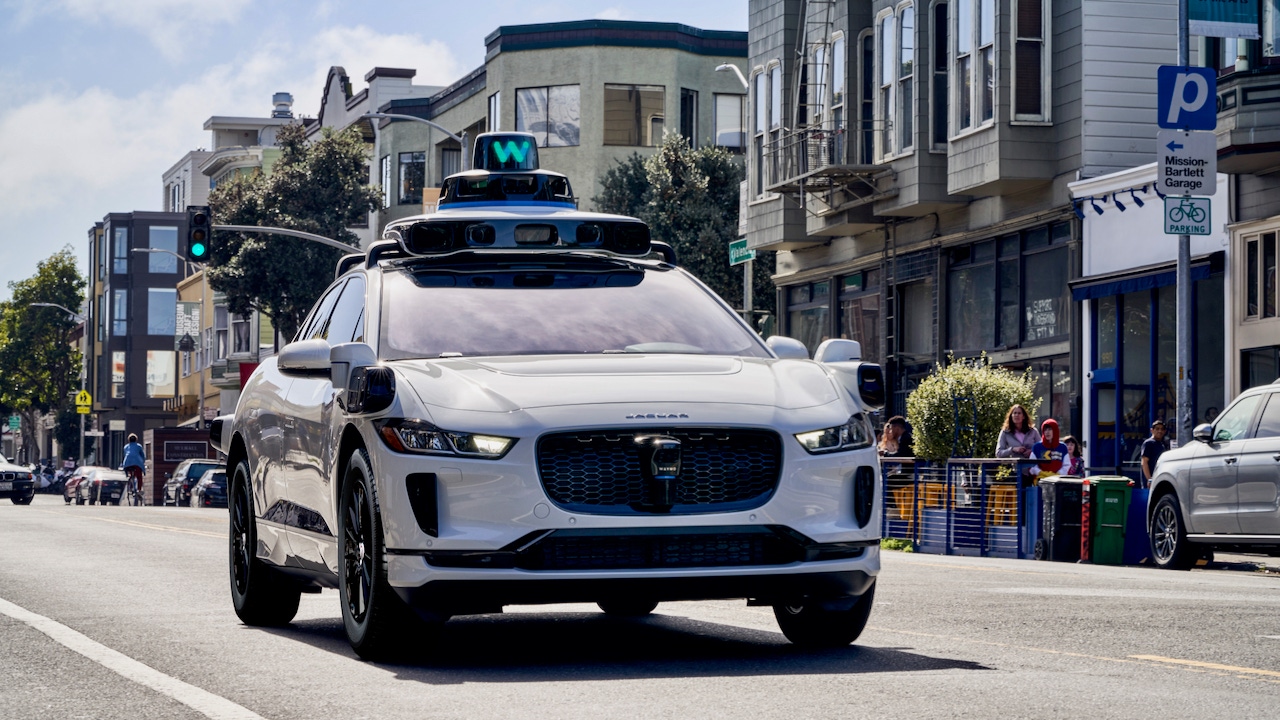Self-Driving Showdown: Tesla vs BYD vs Waymo — Who’s Winning the Autonomy Race?
The race to full self-driving (FSD) is one of the most transformative technological battles of our era. It’s not just about who builds the smartest car, but who redefines transportation itself. Among the frontrunners, three giants stand out: Tesla, BYD, and Waymo (Google). Each brings a different philosophy, tech stack, and roadmap to the table. But who’s ahead, and is FSD even achievable?
Tesla: The Vision-First Maverick
Approach: Tesla’s strategy is bold: achieve full autonomy using just cameras (vision) and AI, skipping LIDAR entirely. Tesla believes that if a human can drive with eyes and a brain, a machine can too—with better precision, memory, and reaction speed.
Strengths:
-
Huge fleet data advantage: millions of Teslas worldwide feeding back real-world driving data.
-
Fast software iteration via over-the-air (OTA) updates.
-
Arguably the best AI training infrastructure in the industry (Dojo).
Weaknesses:
-
Current FSD Beta (v12) is not truly autonomous—it still requires driver supervision.
-
Lacks redundancy; no LIDAR or high-definition mapping.
Current Status: Level 2 autonomy with strong aspirations for Level 4+.
Bottom Line: Ambitious, risky, and very much still in testing. Elon Musk claims it's close—but we’ve heard that for years.
Waymo (Google): The Cautious Scientist
Approach: Waymo uses a sensor fusion approach—LIDAR, radar, cameras, and HD maps—to build a “belt-and-suspenders” system. It’s methodical, safety-first, and geofenced.
Strengths:
-
Operates driverless taxis in Phoenix and San Francisco, without a human in the car.
-
Emphasizes safety and real-world deployment over hype.
-
Has logged millions of miles fully autonomously.
Weaknesses:
-
Slow rollout. Operational only in select urban zones.
-
Heavily dependent on pre-mapped environments, which limits scalability.
Current Status: Level 4 autonomy in geofenced areas. Commercial service operational.
Bottom Line: The most proven, safest, but least scalable—so far.
BYD: The Quiet Challenger
Approach: BYD is rapidly advancing, but focuses more on ADAS (Advanced Driver Assistance Systems) than true autonomy—for now. It partners with Nvidia, Huawei, and Baidu for autonomy R&D.
Strengths:
-
Massive production scale gives it deployment potential.
-
Deep partnerships with top AI and chip companies in China.
-
Strong government backing and access to Chinese roads/data.
Weaknesses:
-
Currently lags behind Tesla and Waymo in autonomy.
-
More focused on electrification and cost-efficiency than cutting-edge autonomy—for now.
Current Status: Level 2+ (highway assist, lane keep, adaptive cruise), working toward Level 3.
Bottom Line: Not leading the self-driving race yet, but could surge quickly with Chinese regulatory and tech tailwinds.
Other Key Players
-
Cruise (GM): Level 4 in cities like San Francisco, paused after safety incidents. Risk of overreach.
-
Apple: Still stealthy, unclear roadmap, reportedly scaled back.
-
Nvidia / Mobileye / Baidu / Pony.ai: Providing backbone tech for others. Powering the ecosystem, not leading consumer brands.
So Who’s Winning?
| Company | Autonomy Level (Max Deployed) | Safety Record | Scalability | Tech Stack | Overall Score |
|---|---|---|---|---|---|
| Waymo | Level 4 (geofenced) | ✅ Safest | ❌ Limited | ✅ Sensor-rich | 8/10 |
| Tesla | Level 2+ (Beta testing L4) | ⚠️ Riskier | ✅ Scalable | ⚡ AI-only | 7.5/10 |
| BYD | Level 2+ (Basic ADAS) | ✅ Conservative | ✅ Scale potential | 🧩 Partner-led | 6/10 |
Is Full Self-Driving (FSD) Even Possible?
That depends on what you mean by “FSD.”
-
Level 3: Driver must take over when required. Possible today, but rare.
-
Level 4: No driver needed within geofenced areas. Waymo and Cruise are here already.
-
Level 5: No driver, anywhere, anytime. The holy grail—and we’re not there yet.
Tesla aims to brute-force Level 5 with vision and data. Waymo is building it brick-by-brick with sensors and maps. But neither has cracked true Level 5 in the wild.
When Will We Get There?
Most experts now say true Level 5 autonomy is still 5–10 years away, despite the marketing hype. Why?
-
Edge case complexity: Deer, snowstorms, construction zones, unpredictable human behavior.
-
Legal and regulatory frameworks are not ready.
-
Machine common sense is still primitive.
The Real Future: FSD + Connected Car Infrastructure?
A truly autonomous world may require:
-
100% of vehicles to be FSD,
-
All cars to communicate with each other (V2V),
-
Smart infrastructure (traffic lights, signage),
-
And possibly, removal of human drivers altogether in urban zones.
This is closer to a “smart mobility ecosystem” than just smarter cars. It’s theoretically doable, but would require:
-
Global coordination,
-
Billions in infrastructure upgrades,
-
And time.
Final Verdict
-
Best Right Now: Waymo, for safety and real-world deployment.
-
Most Ambitious: Tesla, for its “data eats sensors” vision.
-
Sleeper to Watch: BYD, especially if China makes an autonomy leap.
Is FSD possible? Yes, but not alone. It won’t be one company or one technology. It will be a systems-level achievement, fusing AI, hardware, regulation, and infrastructure.
Until then, keep your hands on the wheel—and your eyes on the road ahead. The race is far from over.










